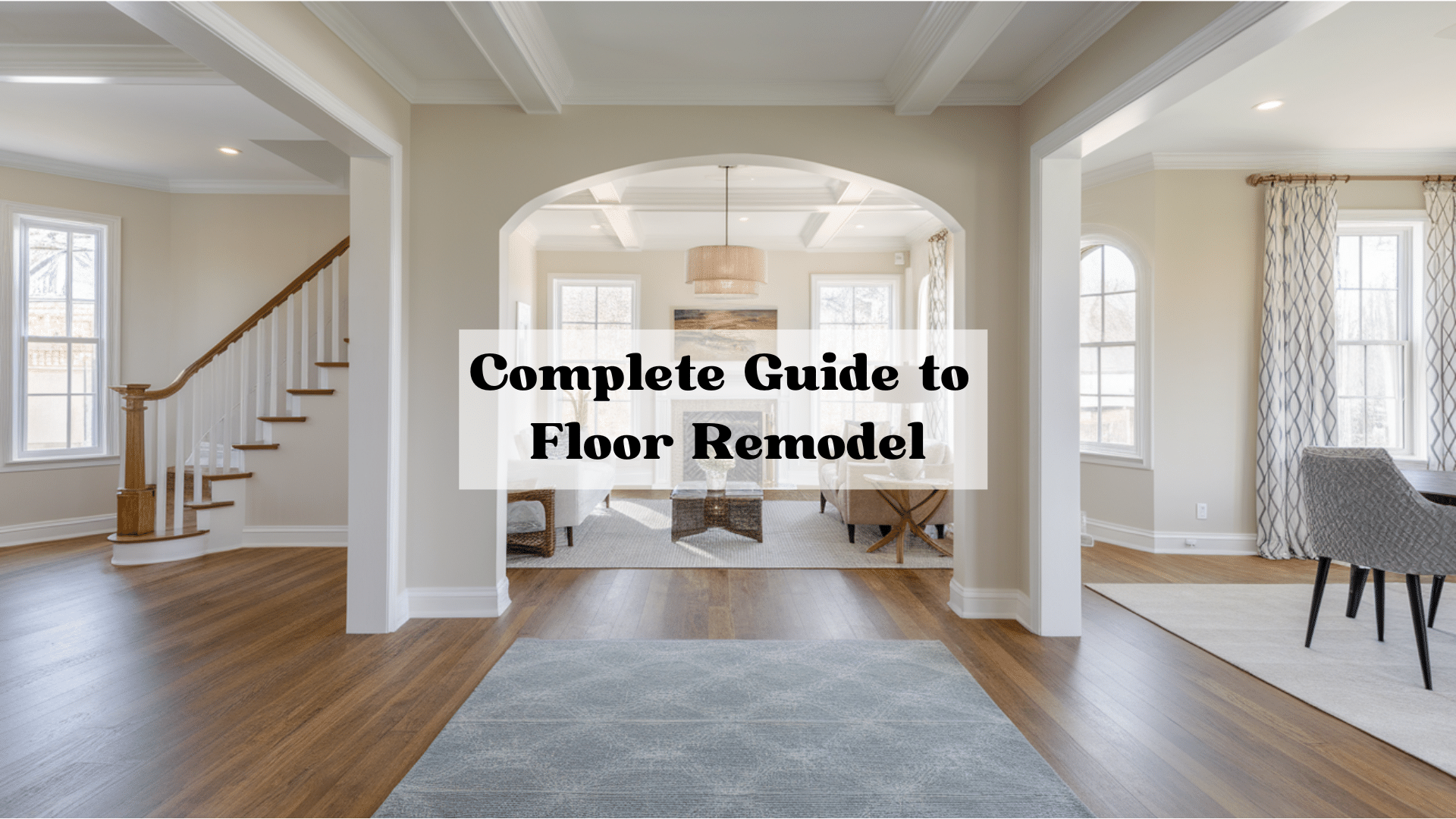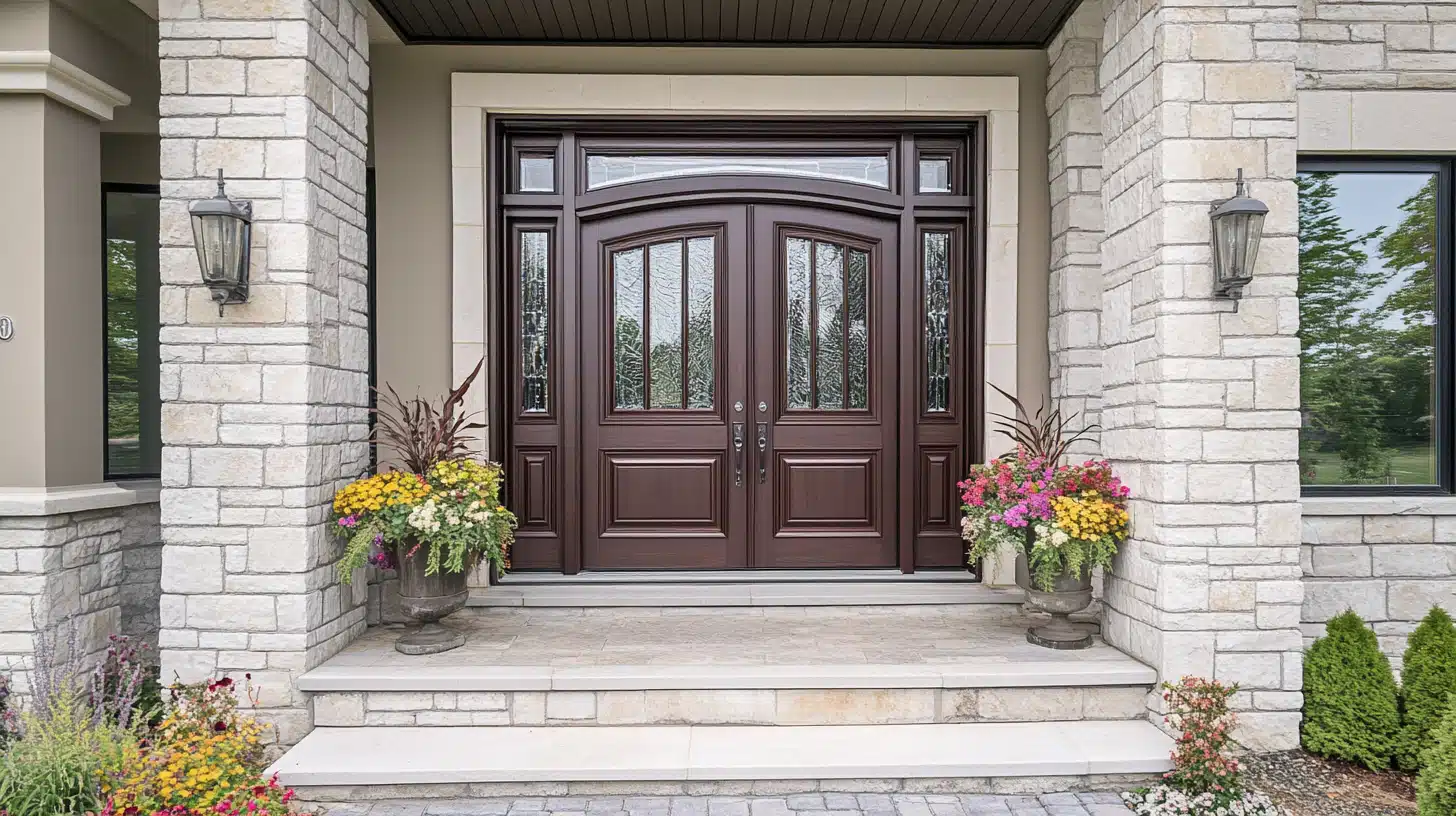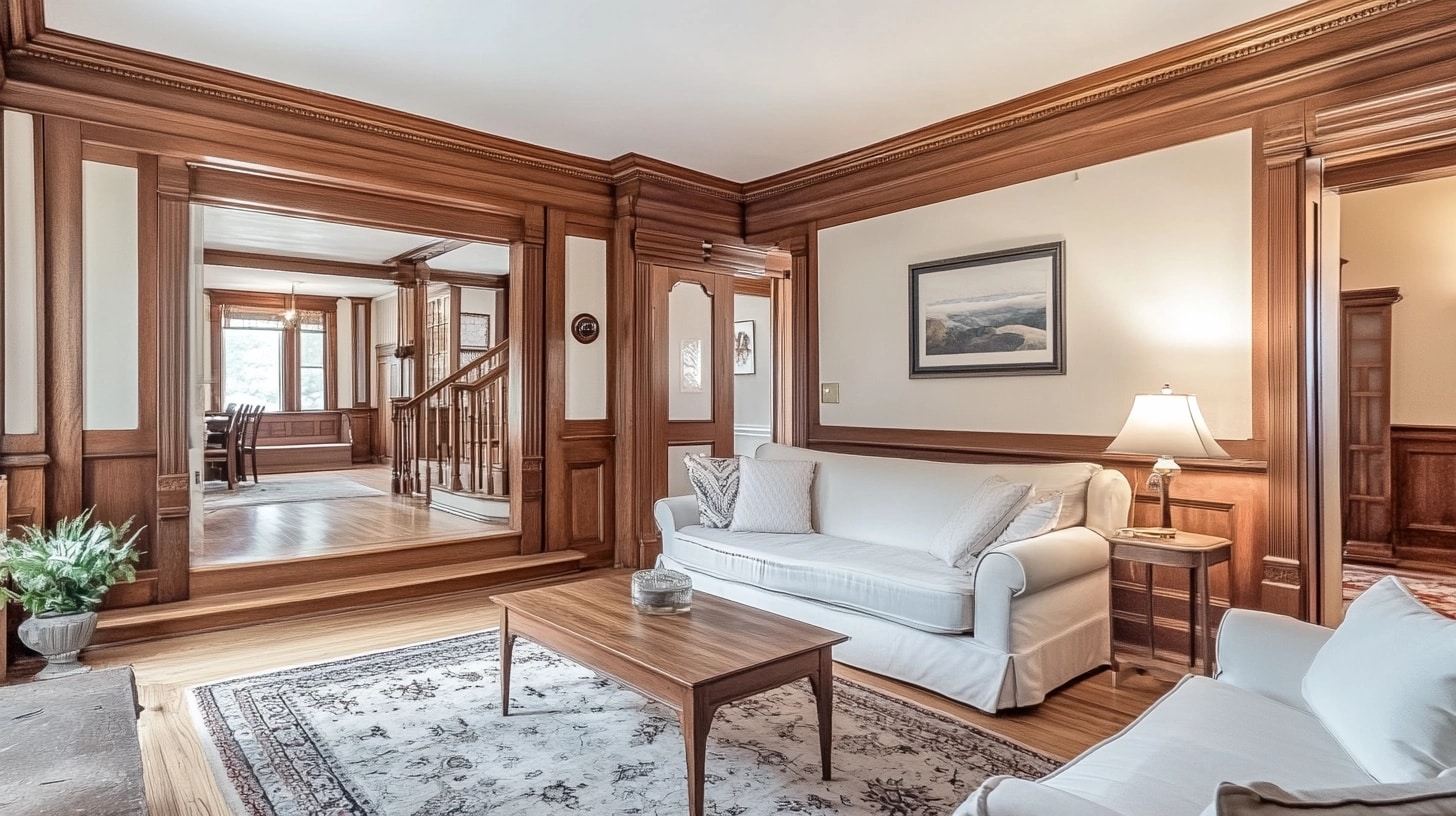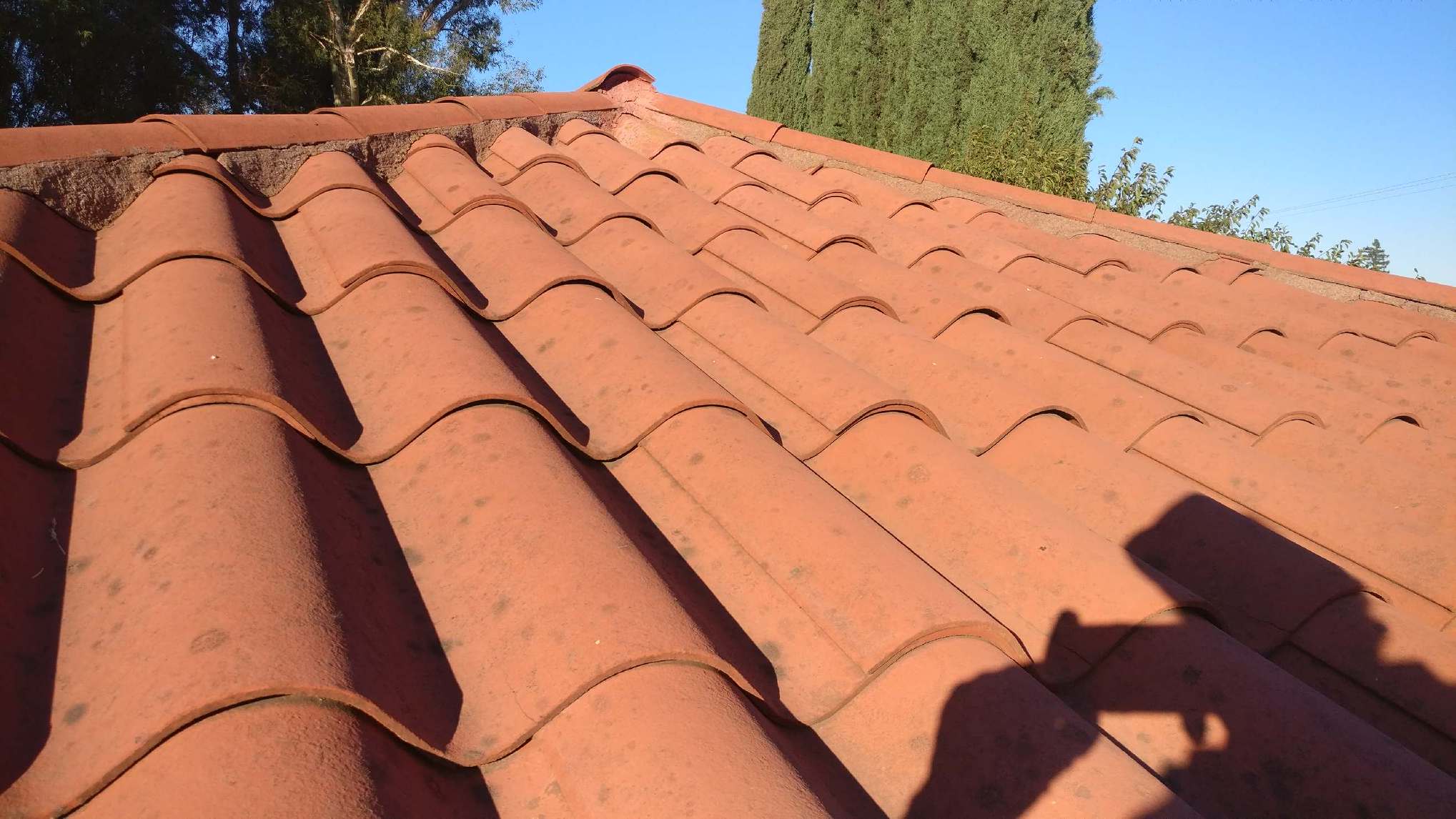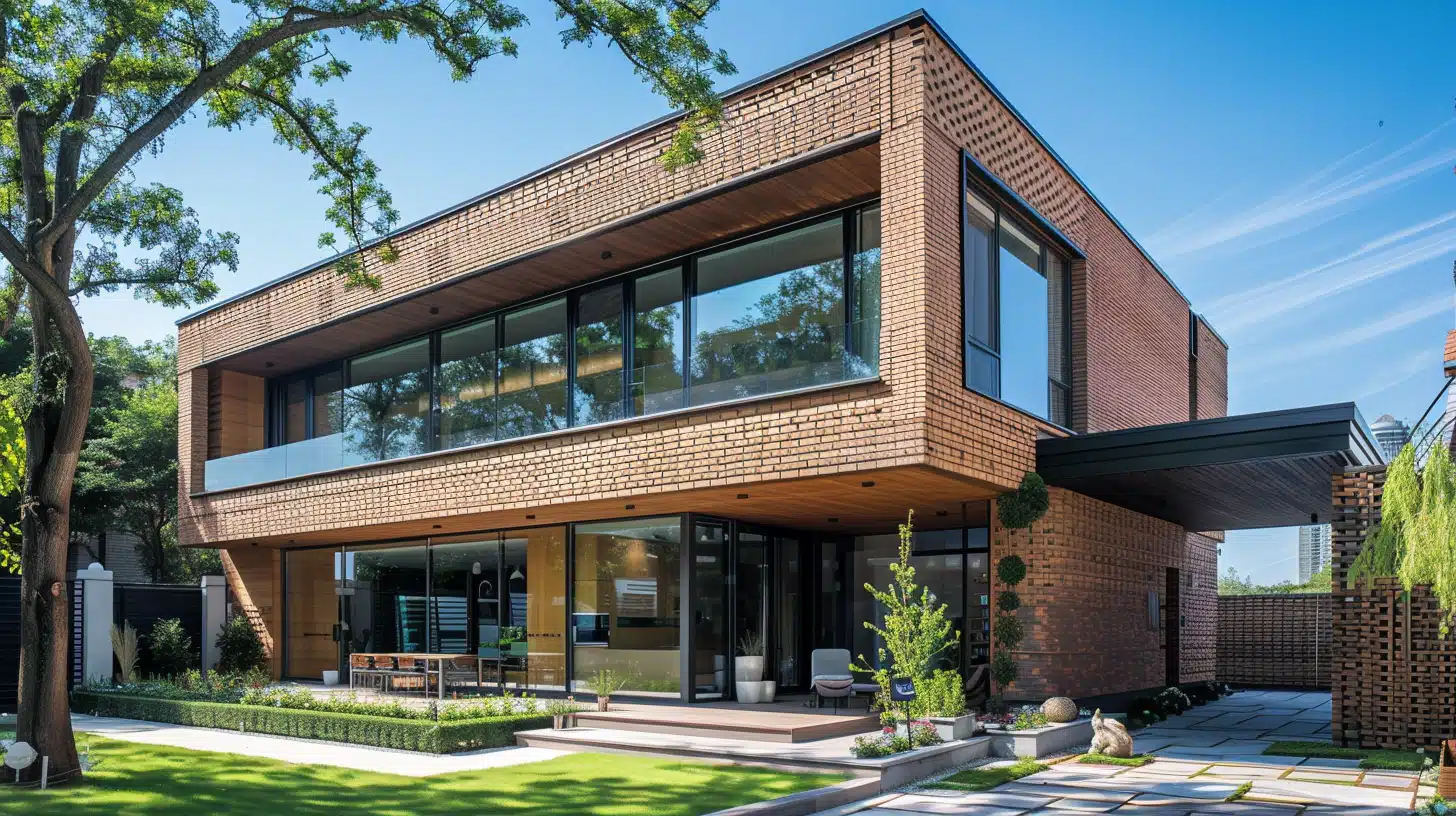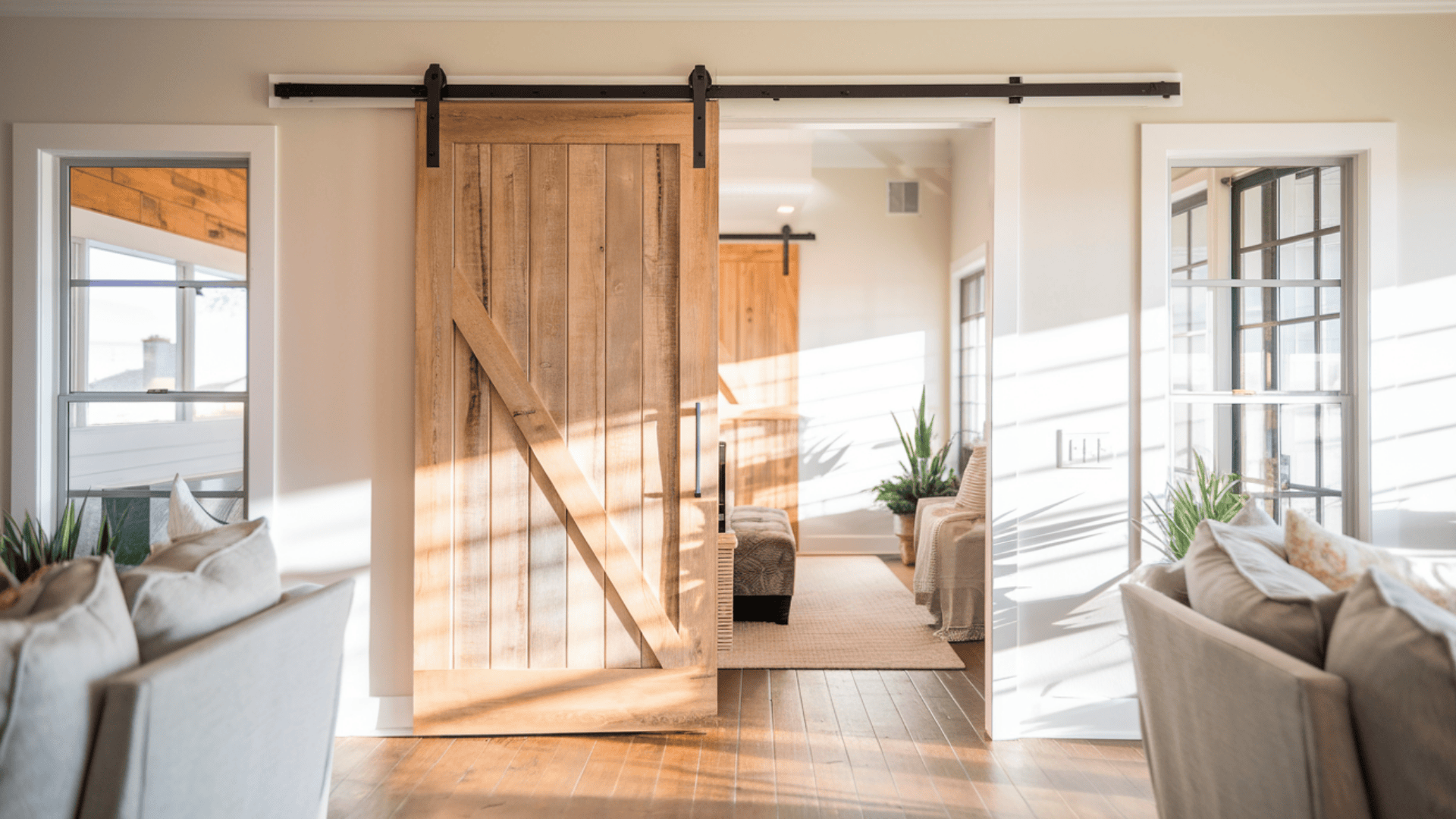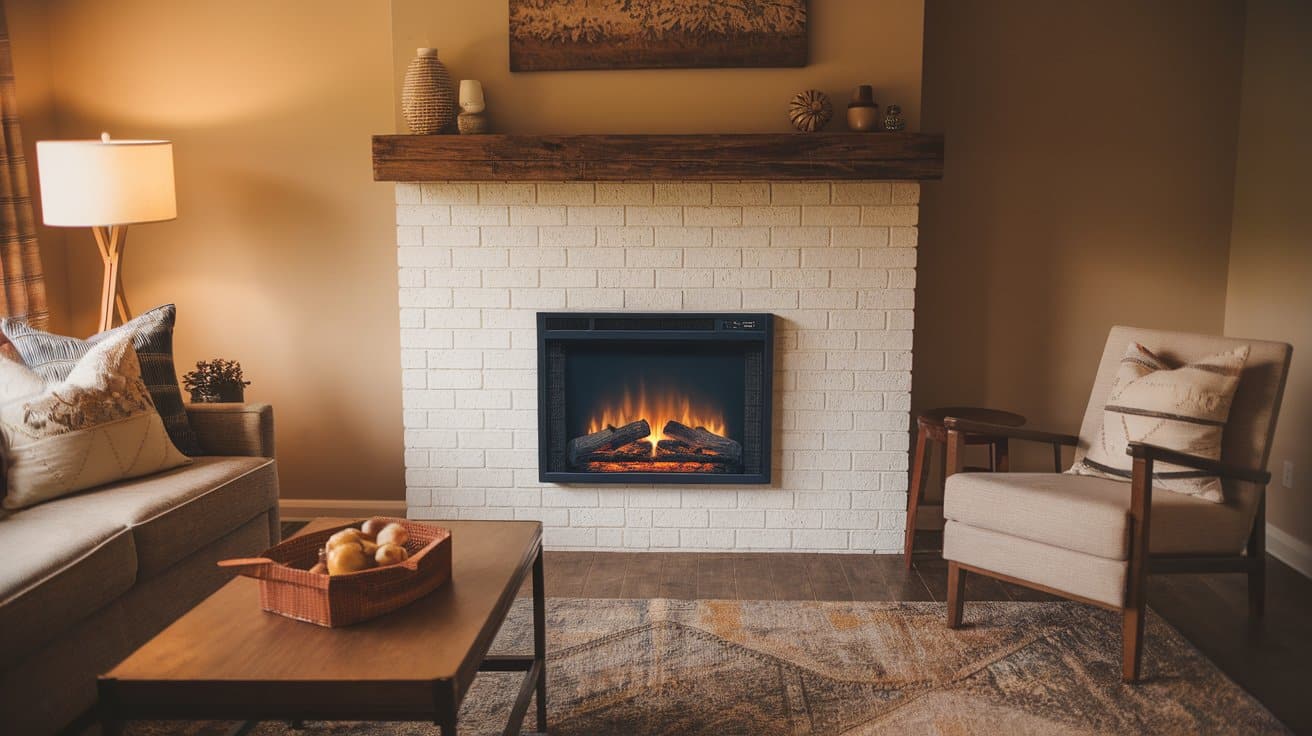Complete Guide to Floor Remodel: Ideas, Tips & Upgrades
Floor remodels are among the most popular home improvement projects because they deliver maximum impact with minimal disruption.
Updating your floors can completely refresh your living space without the expense of a full renovation.
Many homeowners choose to replace worn flooring to create more comfortable, attractive spaces while potentially increasing their property’s value.
When planning a floor update, cost considerations vary widely based on your chosen materials and project scope.
However, new flooring is typically a sound investment.
Real estate professionals often note that quality flooring enhances market appeal and may boost selling prices, making it a practical choice for homeowners looking to improve both livability and resale value.
Factors to Consider Before Starting a Floor Remodel
Before tearing up your old floors, consider a few key points that will help your project go smoothly.
1. Room Type
Different rooms have different needs. Kitchens and bathrooms need water-resistant flooring that can handle spills, while living rooms might benefit from comfort-focused options.
Each room’s purpose should guide your material choice.
2. Budget
Costs vary based on material quality and type.
More affordable options like basic vinyl tend to cost less than premium materials such as engineered hardwood.
Measure your space carefully and get quotes from multiple suppliers to plan your budget properly.
3. Choosing Between DIY and Professional Remodeling
While DIY can save money, professional installation often provides better results. Consider your skills, tools, and time before deciding.
Complex patterns or materials like tile might be better left to experts who can finish the job more quickly.
Step-by-Step Guide to Remodeling Your Floors
Here’s a streamlined process for updating your floors, whether you do it yourself or work with professionals.
Step 1: Preparing the Room
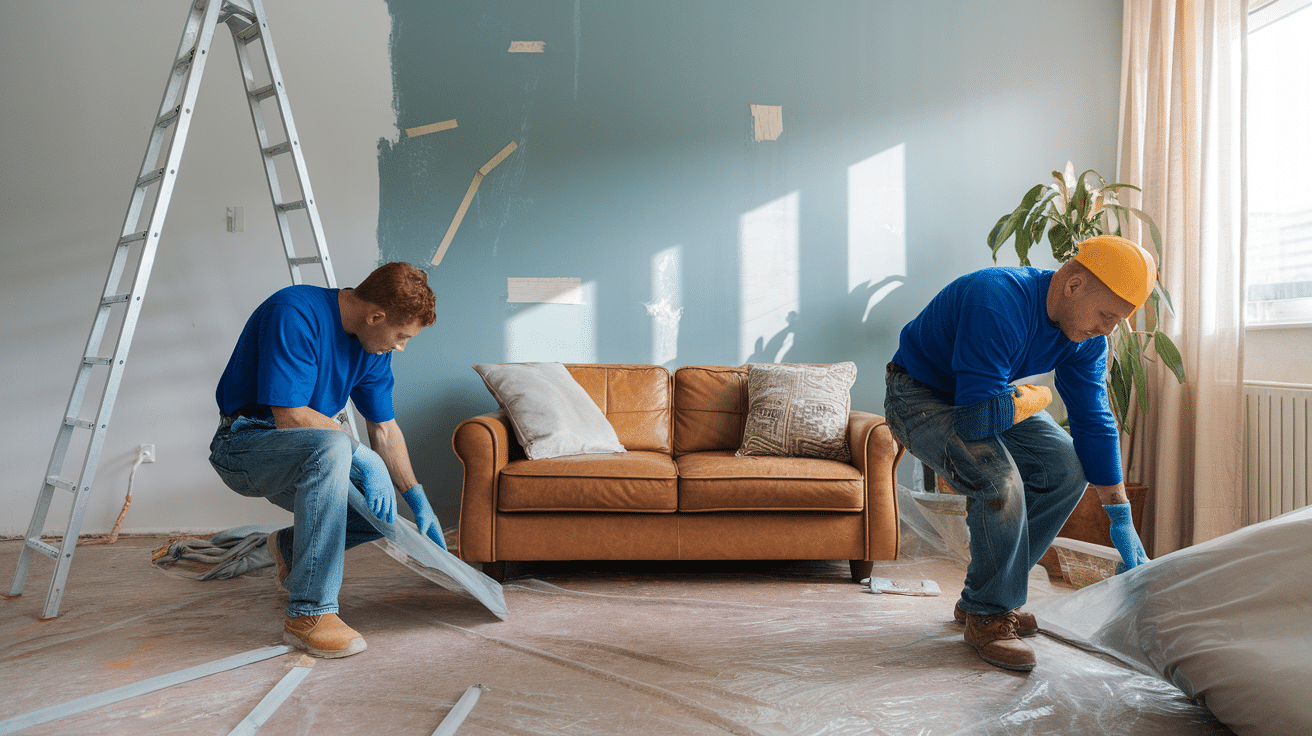
- Remove all furniture, decor items, and baseboards.
- Cover nearby areas with plastic sheets to control dust.
- Take photos to help with furniture placement later.
- Turn off HVAC systems during dusty work.
Step 2: Removing Old Flooring
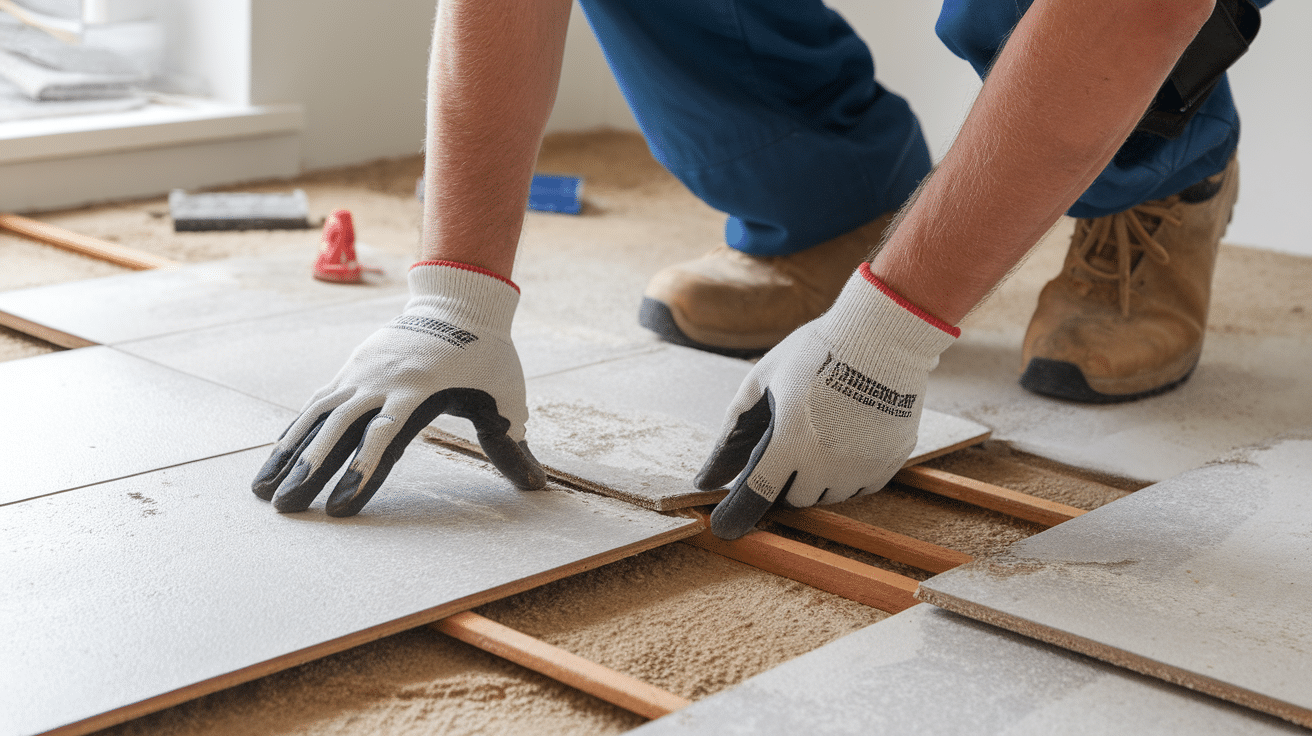
- Wear safety gear- gloves, masks, and eye protection.
- Use appropriate tools for your floor type.
- Check subfloor condition and fix any issues.
- Allow extra time for this step- it’s often the most time-consuming.
Step 3: Installing New Flooring
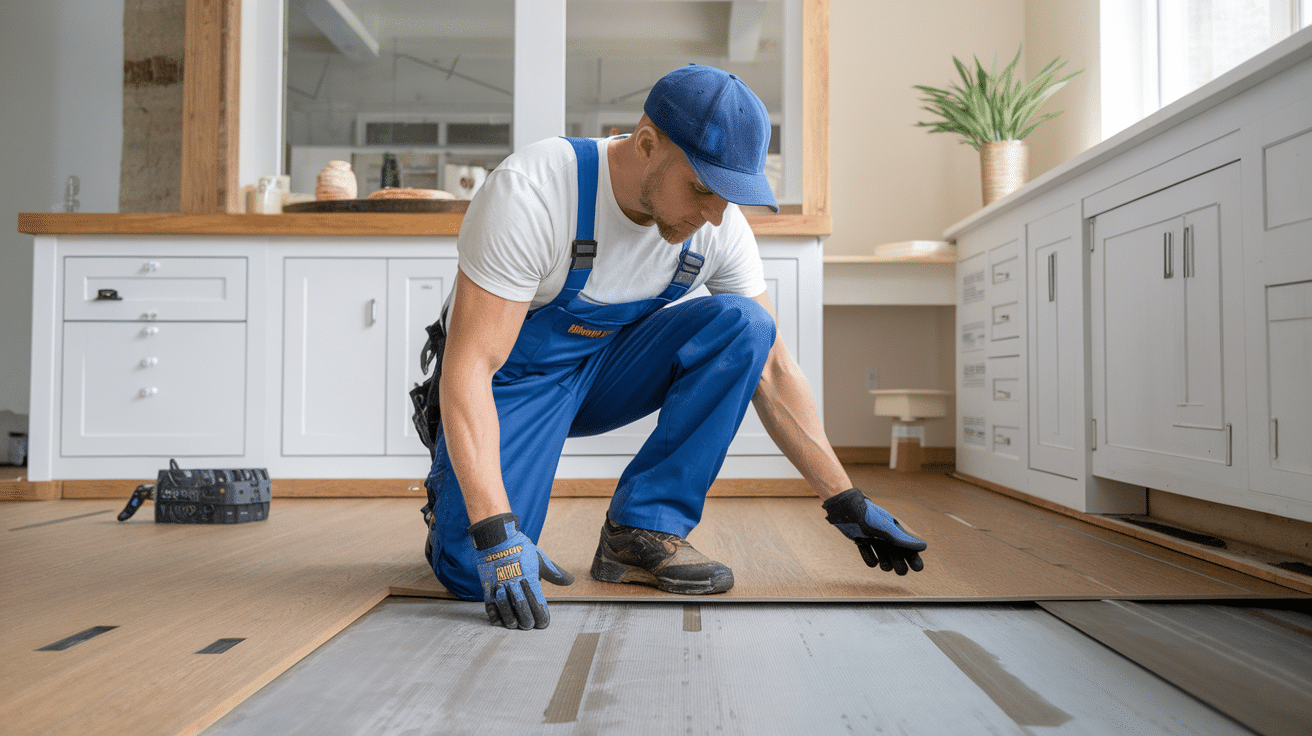
- Follow manufacturer instructions for your specific product.
- Vinyl/Laminate: Maintain proper expansion gaps.
- Tile: Use spacers for even grout lines.
- Hardwood: Let materials acclimate to your home first.
Step 4: Finishing Touches
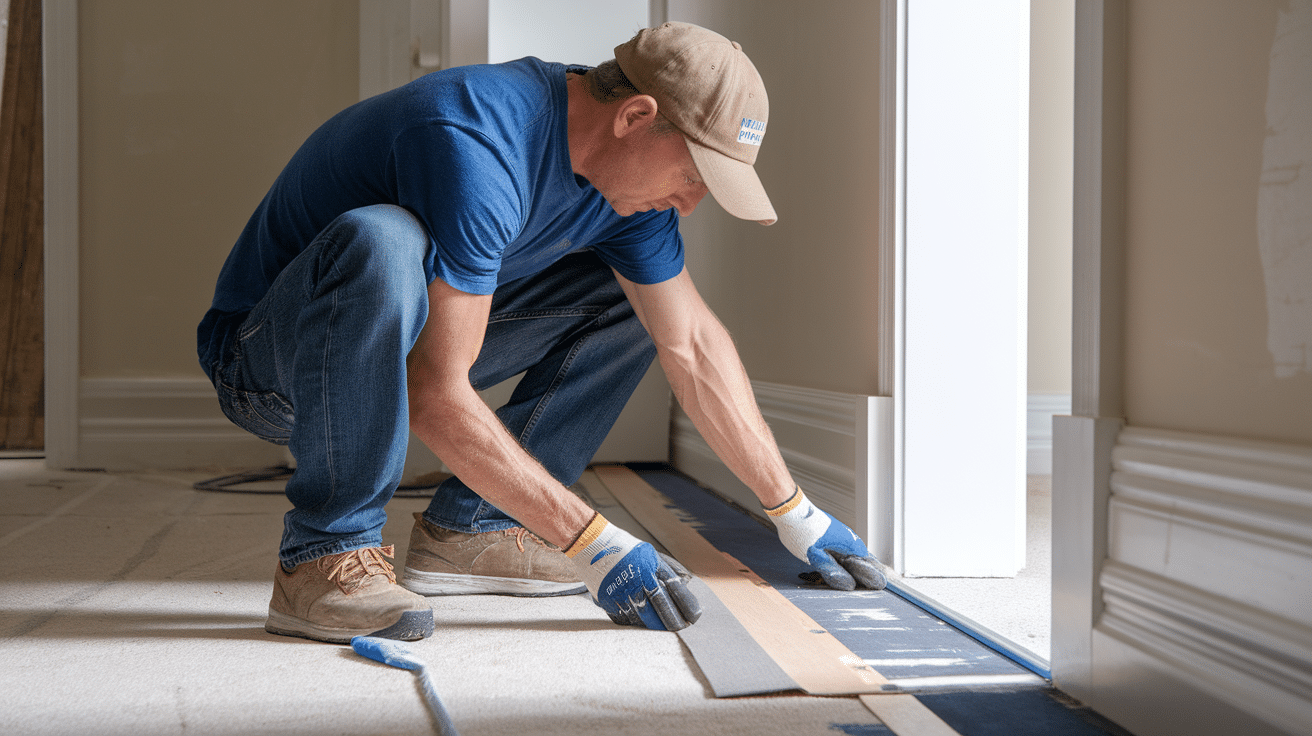
- Install baseboards and transition strips.
- Apply needed sealants according to product guidelines.
- Caulk edges in moisture-prone areas.
- Clean thoroughly before moving furniture back.
Floor Remodeling Ideas for Your Home
Are you looking for ways to update your floors? Here are some top options that can change how your home looks and feels, with choices for every budget and style.
1. Luxury Vinyl Plank (LVP)

LVP gives you the look of wood at a lower price point. It holds up well to scratches, spills, and foot traffic, making it good for busy households.
Many versions are waterproof, so they work in kitchens and bathrooms, too. Installation is often simple enough for weekend projects.
2. Engineered Hardwood
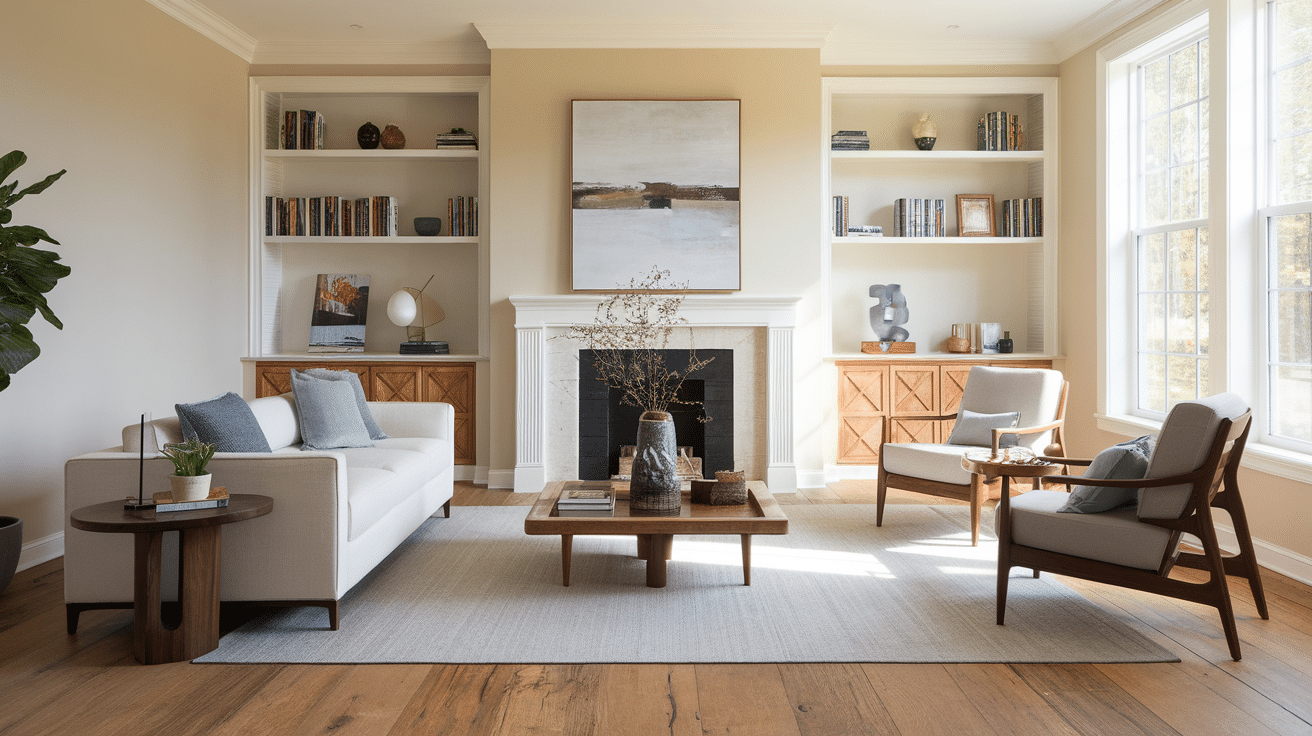
This smart option combines a real wood top layer with plywood underneath.
The design makes it less likely to warp in humid areas compared to solid wood. You get the warm, natural look of hardwood with added stability. Works well in living rooms and bedrooms.
3. Ceramic or Porcelain Tile
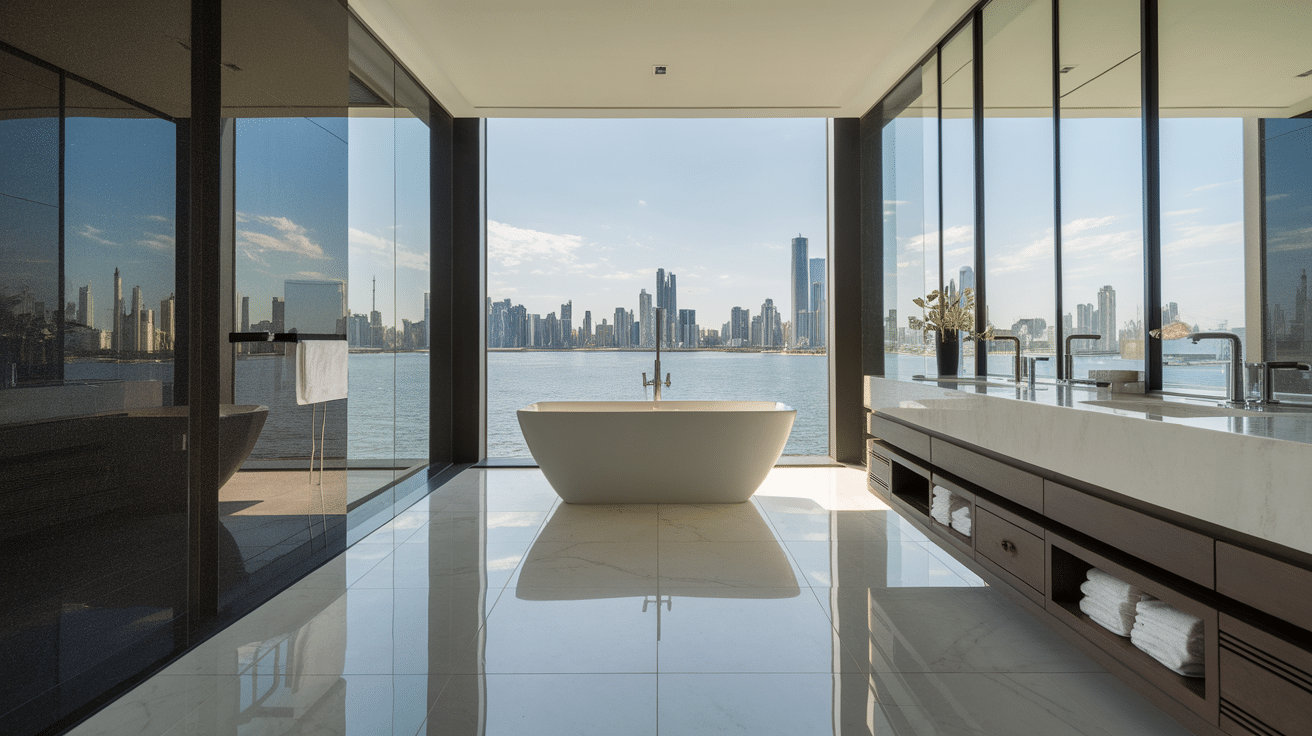
These hard-wearing tiles handle water, stains, and heavy use without problems.
They stay cool underfoot, making them perfect for warm climates. Available in countless colors and patterns, from simple squares to complex designs that imitate stone or wood.
4. Laminate Flooring
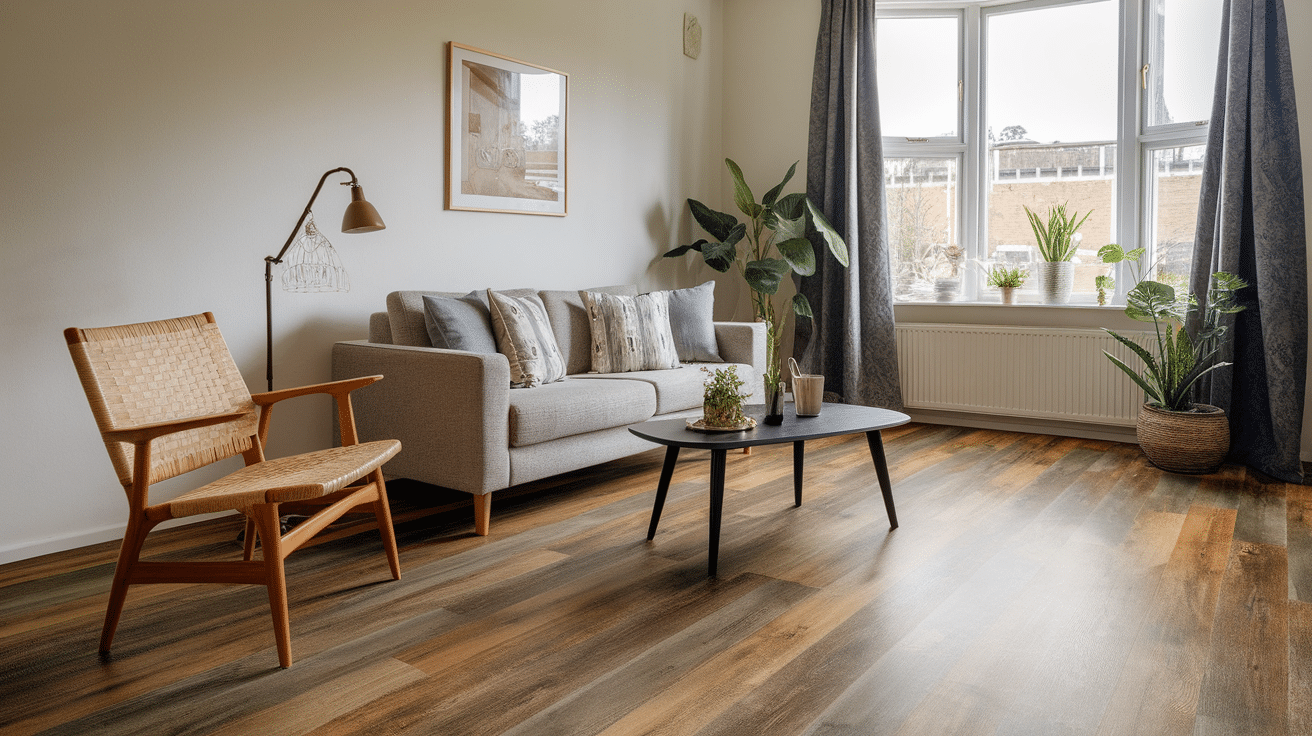
This budget-friendly choice uses a photo layer to mimic more expensive materials like wood or stone.
Modern versions resist scratches better than older types. The click-together design makes it possible for most homeowners to install it themselves without special tools.
5. Bamboo Flooring
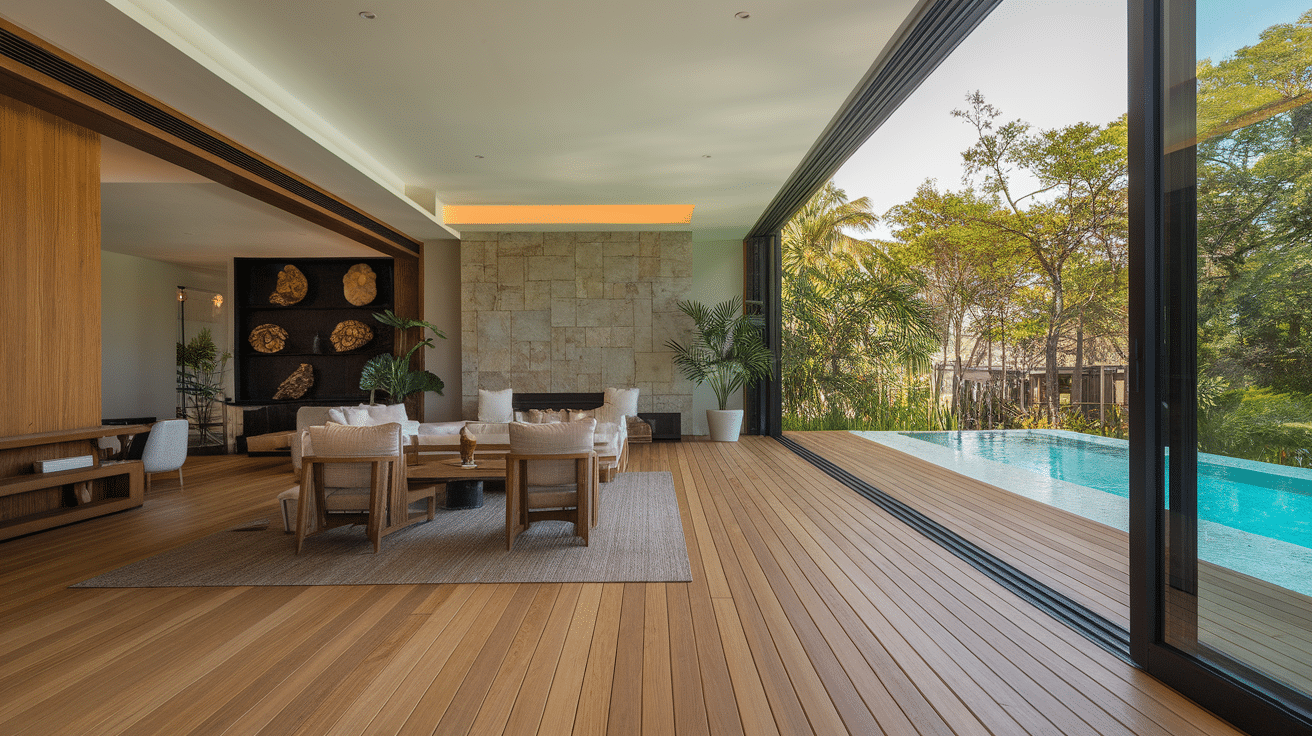
Growing much faster than hardwood trees, bamboo offers an earth-friendly flooring choice. It provides a clean, light appearance that fits well in modern homes.
Though harder than many woods, it can show dents from heavy furniture or high heels.
6. Cork Flooring
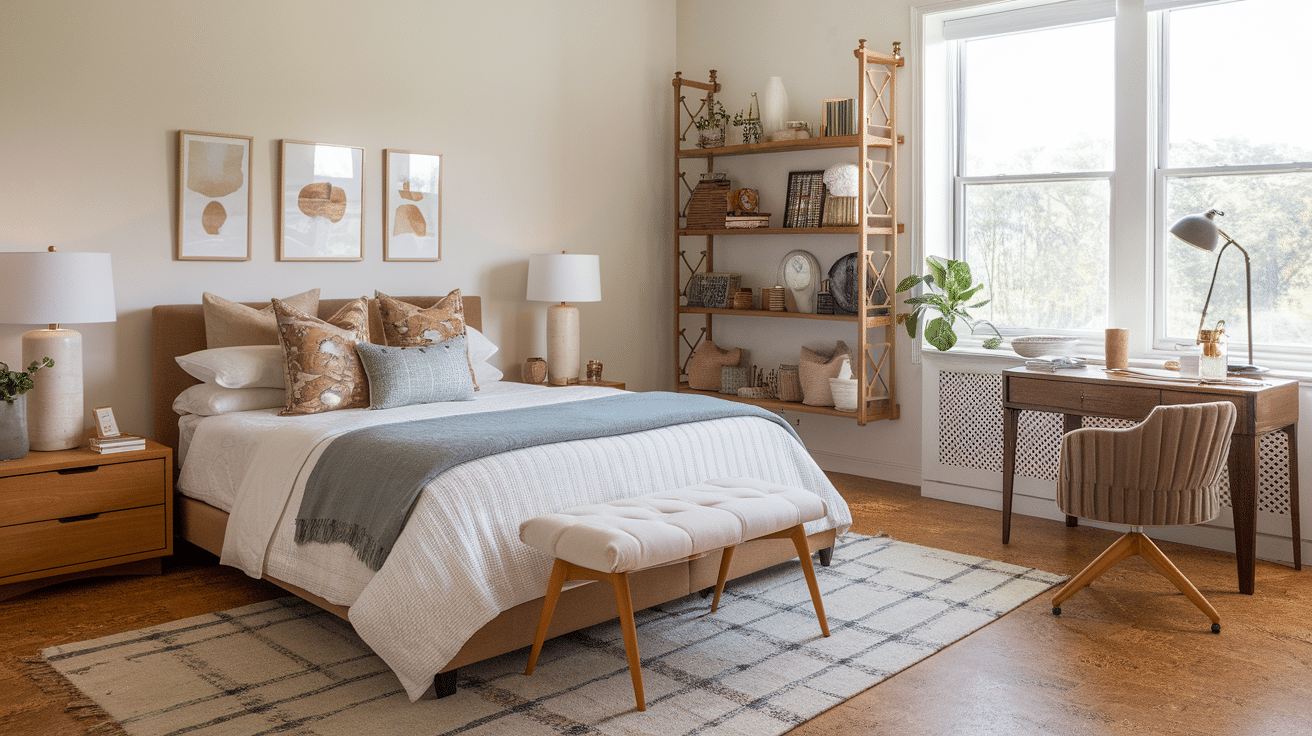
Made from bark that regrows on cork oak trees, this soft material feels nice underfoot.
It absorbs sound, making rooms quieter. The natural springiness reduces joint strain when standing for long periods, and it holds warmth better than tile or stone.
7. Concrete Flooring
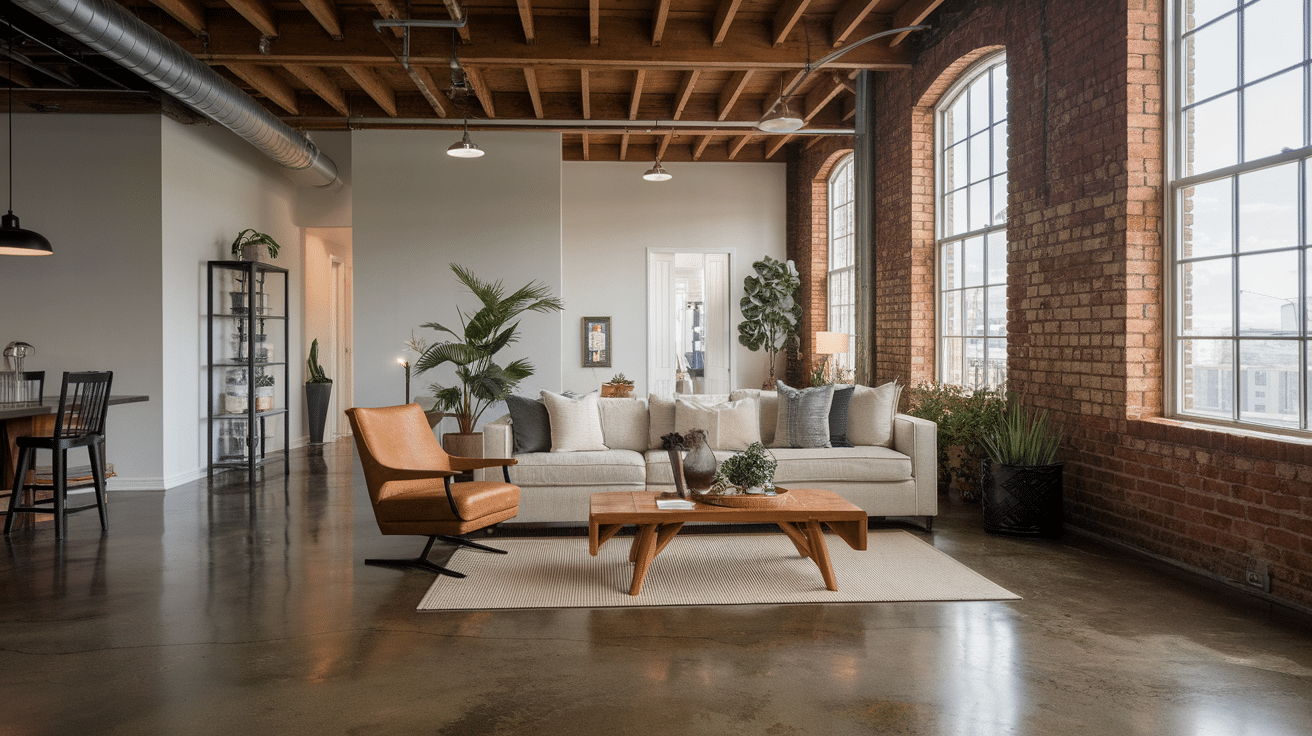
Once limited to basements and garages, polished concrete now appears in stylish homes.
It can be colored, stamped, or stained for a unique look. This super-strong flooring handles almost anything and lasts for decades with minimal care.
8. Marble or Granite Flooring
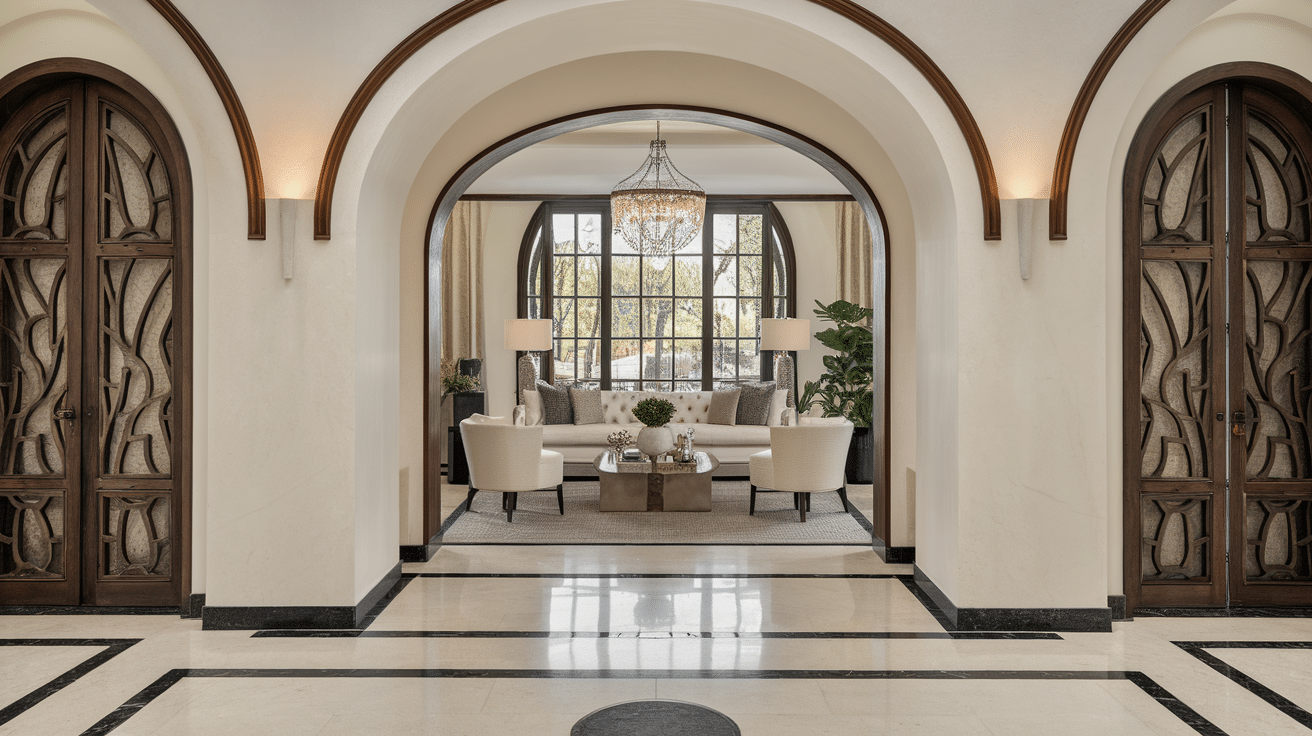
These natural stones bring unmatched beauty to special areas in your home. Each piece has unique patterns, meaning your floor will be one of a kind.
Though expensive and requiring regular sealing, stone floors can last for generations with proper care.
9. Carpet Tiles
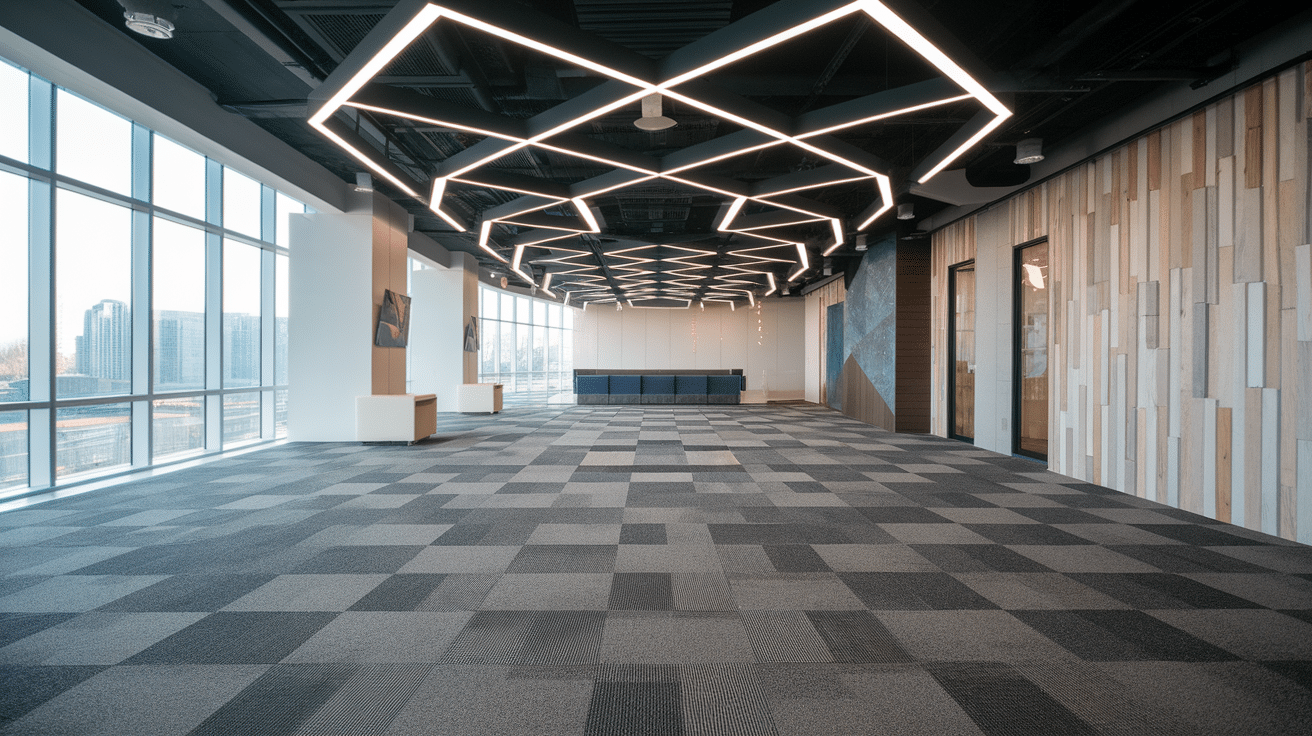
Unlike wall-to-wall carpet rolls, these squares can be installed one at a time. If a section gets stained, you can replace just that piece instead of the whole floor.
They come in many colors and textures, allowing for creative patterns or simple, uniform looks.
10. Reclaimed Wood
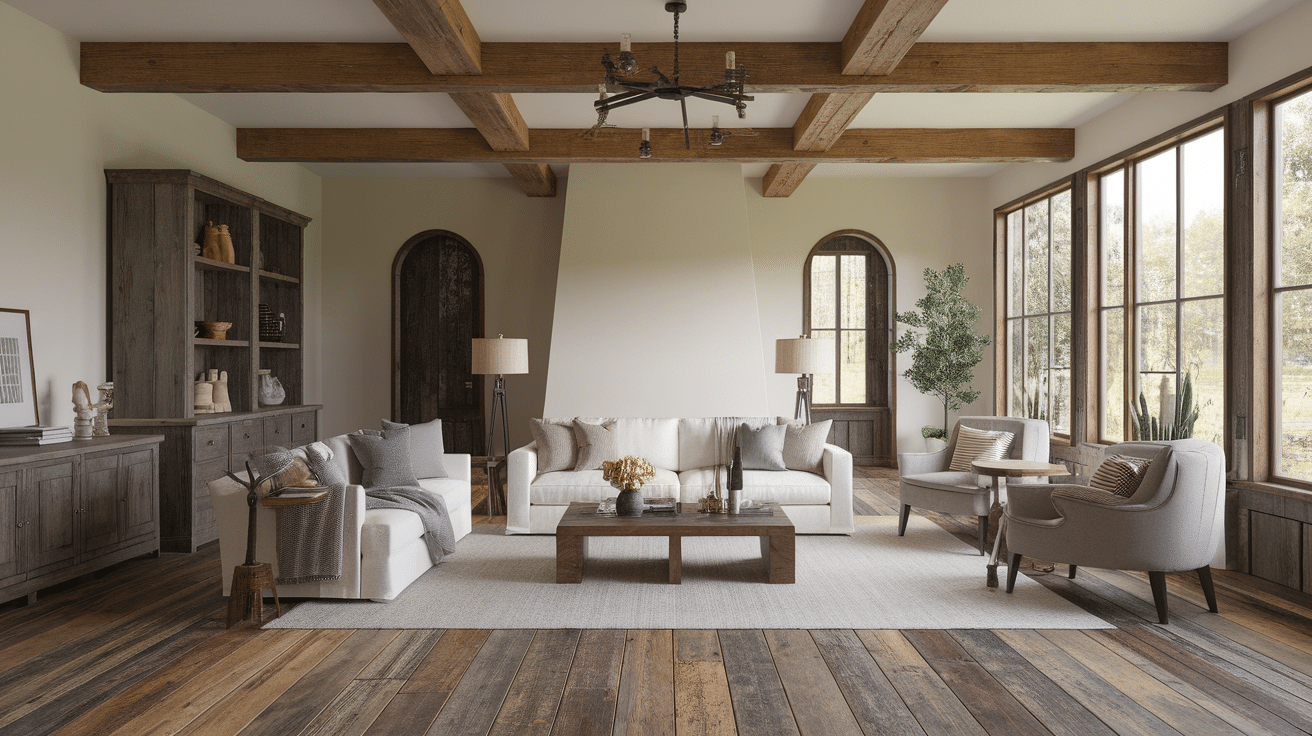
Salvaged from old buildings, barns, or factories, this wood brings history into your home.
Each board tells a story through its wear patterns, nail holes, and unique coloring. It’s both an attractive design choice and a way to reuse existing materials.
11. Rubber Flooring
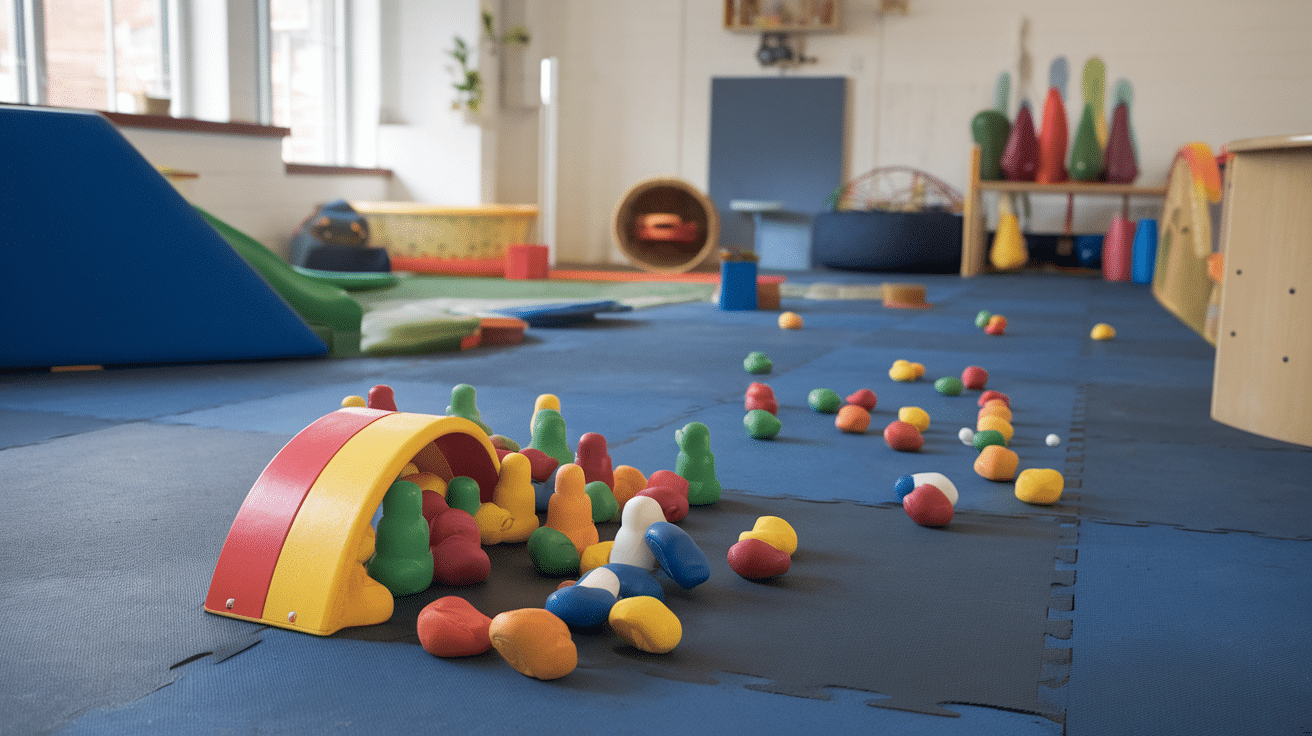
Though mainly found in gyms, rubber works well in certain home spaces, too.
It cushions falls, making it safer for children’s areas. The bouncy surface reduces fatigue when exercising or standing for long periods.
Available in tiles or rolls for different needs.
Floor Remodeling Design Tips
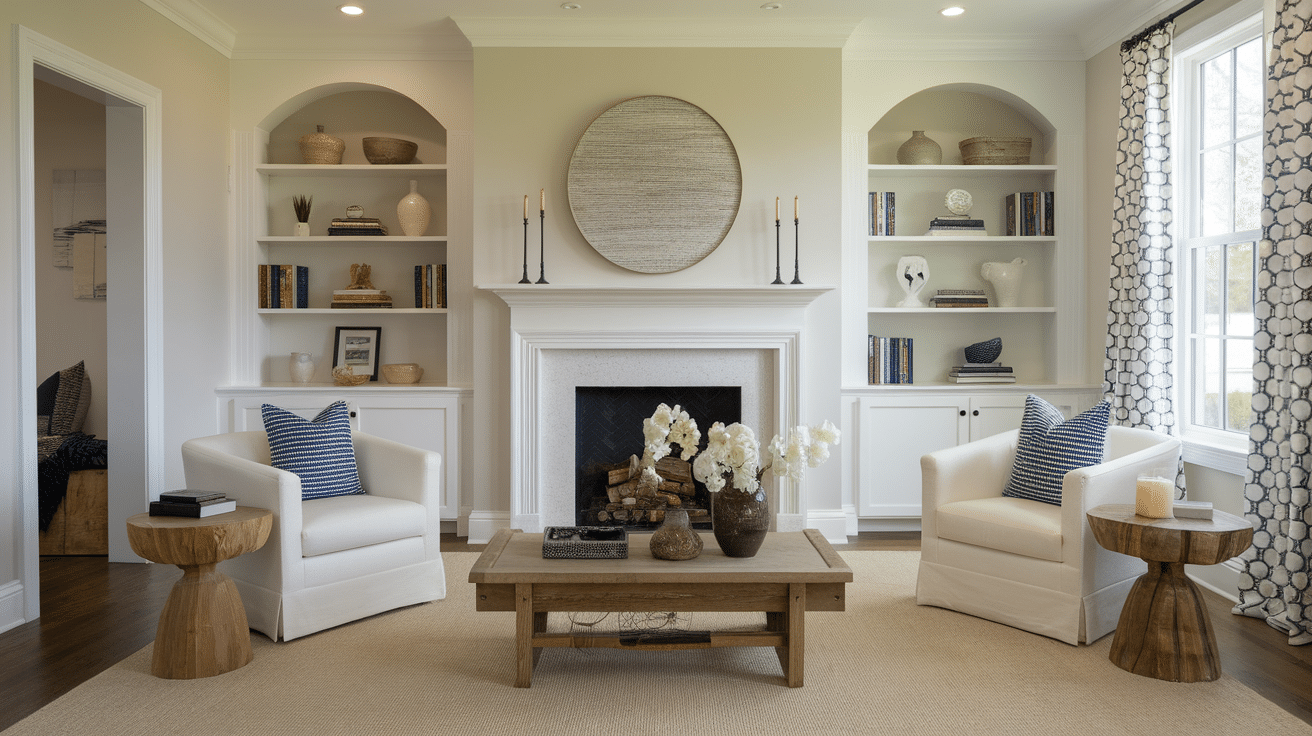
The right flooring choice does more than just cover your subfloor—it sets the tone for your entire home. Here are some suggestions to help you make smart design decisions.
How to Match Flooring with Home Decor
Your flooring should work with your existing decor rather than fight against it.
Consider your current color scheme and choose materials that complement your furniture and wall colors.
Always view samples in your actual space under both natural and artificial lighting before making a final choice.
Neutral tones offer the most flexibility as your style changes over time.
Choosing Flooring for Different Rooms
Each room has unique needs based on how you use it.
Living areas benefit from warm options like hardwood or quality vinyl plank. Kitchens need materials that resist moisture and handle spills.
Bathrooms require truly waterproof options like porcelain tile. Bedrooms call for comfort underfoot, making carpet or cork good choices.
Basements need products specifically rated for below-grade installation.
Popular Design Trends
Current flooring trends include wider planks in wood and wood-look products, light natural tones for bright spaces, and gray-beige options that work with most decor styles.
Many homeowners now choose to run the same flooring throughout connected living spaces to create visual flow and make rooms feel larger.
Patterned tile adds personality in smaller spaces like bathrooms or entryways.
Common Mistakes to Avoid During a Floor Remodel
Even carefully planned flooring projects can go wrong. Being aware of these common pitfalls will help you avoid costly errors and disappointment.
Many homeowners don’t budget for hidden costs that appear once work begins.
- Add at least 15-20% to your budget for potential subfloor repairs, delivery fees, and waste removal.
- Rushing through floor preparation is another serious error.
- Taking the time to clean and level the surface prevents future problems like cracking, separation, and uneven wear.
Finally, consider maintenance requirements before choosing materials.
Hardwood needs periodic refinishing, stone requires regular sealing, and certain materials fade in sunlight. Choose flooring that fits your willingness to maintain it over time.
Maintenance Tips for Your New Floors
Once you’ve installed new floors in your home, proper care will help them stay beautiful for years. Different materials need different kinds of attention to keep them looking their best.
How to Clean and Care for Different Flooring Materials
- For wood floors, use a soft broom or vacuum with a floor attachment to remove dirt and dust.
- Clean with a damp mop and cleaner made for wood. Avoid too much water, which can damage wood.
- Tile floors can handle more moisture. Sweep or vacuum regularly, then mop with warm water and mild soap.
- For grout lines, use a brush with gentle cleaner to prevent stains.
- Vinyl plank flooring (LVP) is easy to maintain.
- Simply sweep and mop with water and mild cleaner. Avoid harsh chemicals that might damage the surface.
Protecting Floors from Wear and Tear
- Place area rugs in high-traffic spots to reduce daily impact.
- Use furniture pads under table and chair legs to prevent scratches when moving items.
- Set up a no-shoes policy for especially nice floors to cut down on dirt and damage.
- Regular care saves money by extending the life of your floors and keeping your home looking clean and well-kept.
Conclusion
Floor remodels can transform your home’s appearance and function with a single update. New flooring refreshes your space while potentially adding value to your property.
The best flooring choice balances looks, durability, and your budget.
Each room has different needs—kitchens and bathrooms require water resistance, while bedrooms benefit from comfort underfoot.
When making your decision, consider both immediate costs and long-term maintenance.
Whether you tackle installation yourself or hire professionals, proper planning prevents costly mistakes.
Take time to research materials, prepare your space correctly, and budget for unexpected issues.
With thoughtful choices, your new floors will enhance your daily life for many years.

